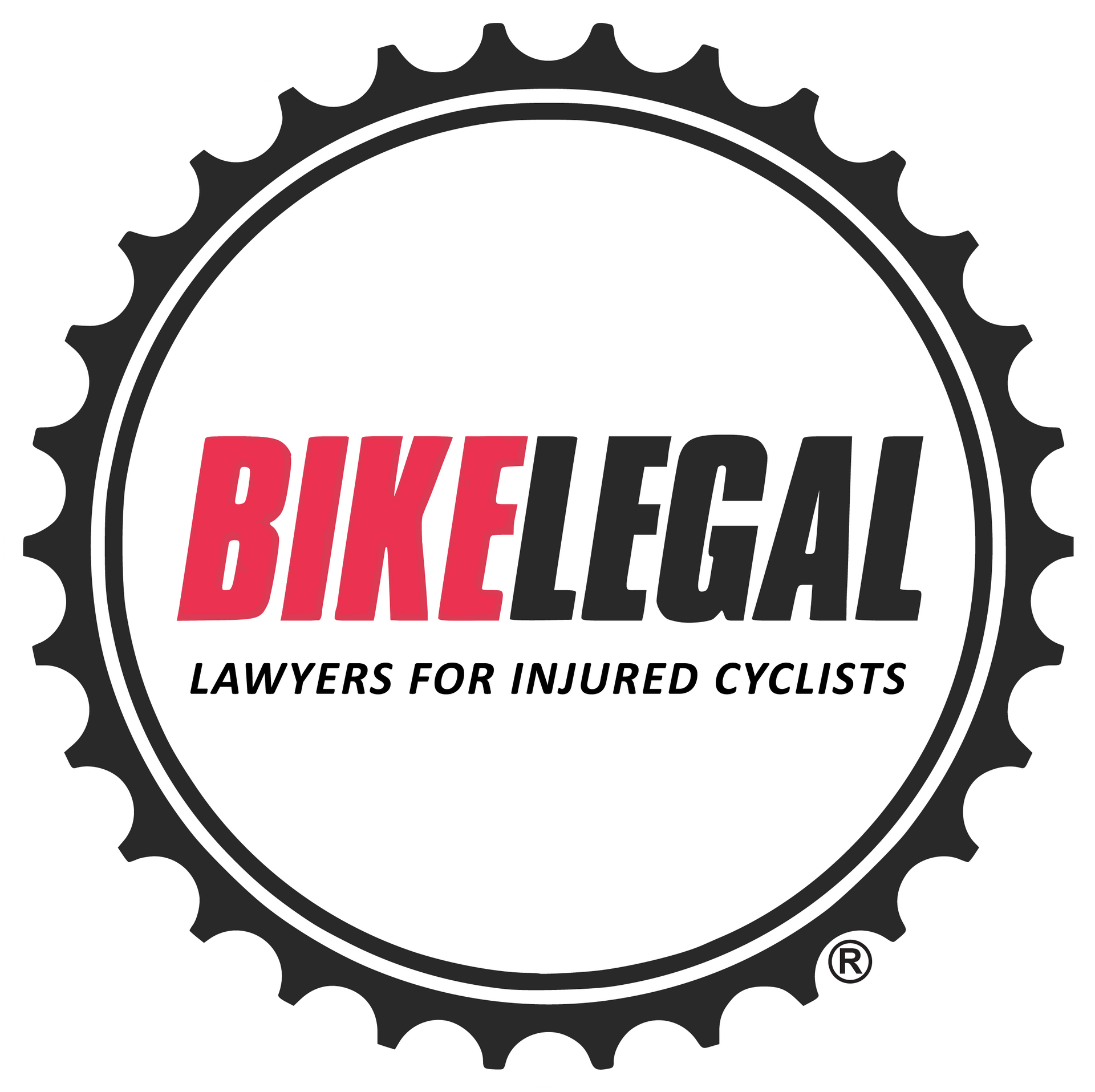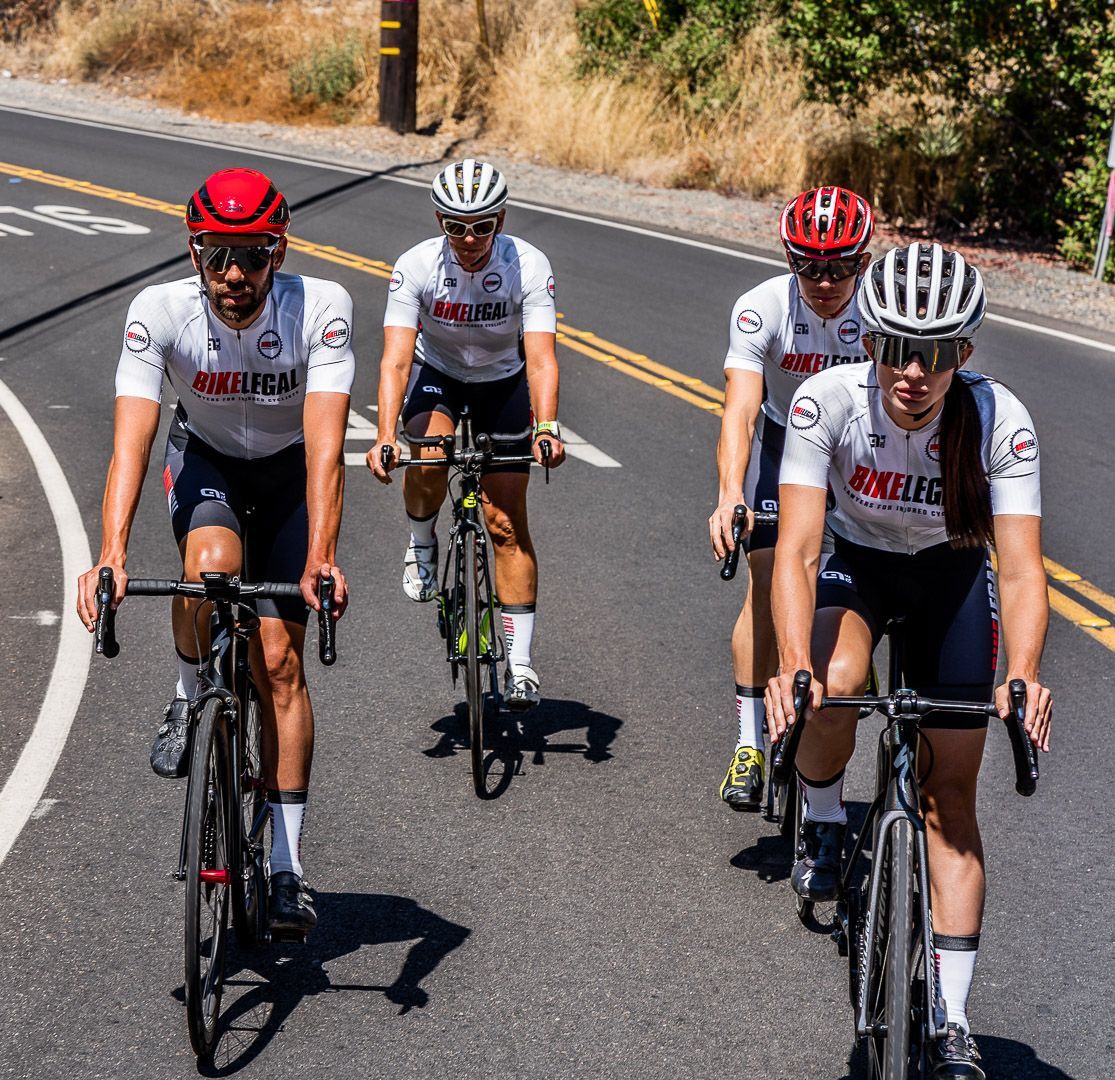Preserving Evidence After a Bicycle Accident: What to Save and Why It Matters
Follow us on
social media!
Preserving evidence after a bicycle accident is one of the most important steps you can take to protect your legal rights. The photos you take, the gear you save, and the details you document all become critical tools your lawyer can use to build a stronger claim and push for the maximum compensation you deserve.
Without solid evidence, insurance companies are quick to deny fault, downplay your injuries, or undervalue your losses. But with properly preserved crash scene evidence, medical documentation, and physical property damage, a skilled bicycle accident attorney can clearly show what happened—and why you should be fully compensated.
In this guide, we’ll walk you through what to preserve, how to preserve it, and how every piece of evidence helps your attorney fight back against blame-shifting, lowball offers, and delays.
Quick Post-Bicycle Crash Evidence Checklist:
- ✅ Take photos of the scene, bike, gear, and injuries
- ✅ Save damaged helmet, bike, clothing—do not clean or repair
- ✅ Get names and contact info for witnesses
- ✅ Request police report and EMS records
- ✅ Save GPS/computer ride data
- ✅ Contact a bicycle accident lawyer before speaking to insurers
How to Gather and Preserve Evidence After a Bicycle Accident
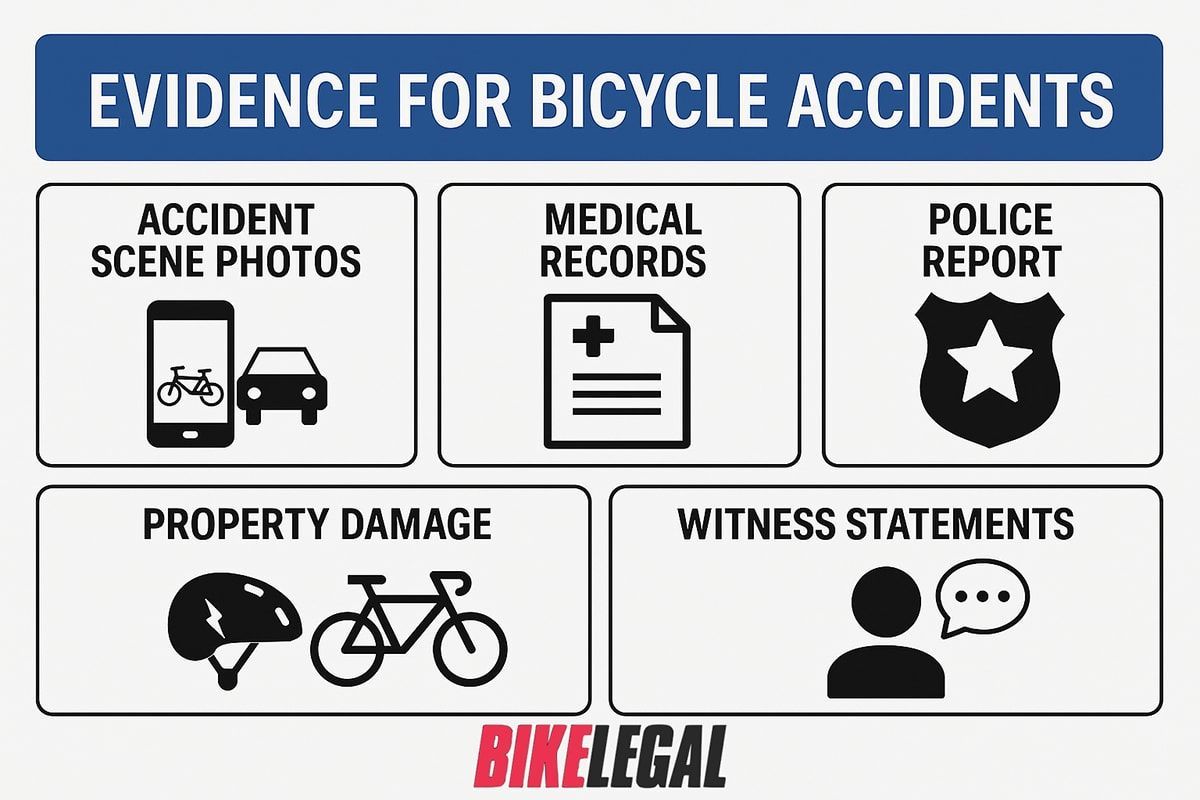
1. Accident Scene Evidence
Why it matters: The scene provides crucial details about how the accident occurred and who is at fault. Road conditions, vehicle positions, and skid marks—they all help establish fault and support your claim.
Immediate Actions at the Scene of a bicycle accident
Don’t rush to leave the scene—even if you're shaken up. Start with these steps:
- Check for injuries first — move only if you're in immediate danger
- Document everything — take photos and videos of the road, cars, bikes, injuries, and damage
- Collect witness contact info — names, numbers, and details of what they saw
- Call the Police — request to file an official report. The police report is critical evidence of the crash.
For more tips on what to do in those critical first few minutes after a crash, check out this guide on what to do after a bike accident.
Evidence You Should Gather at the Scene of a Bicycle Accident
From the driver and involved parties:
- License plate number
- Driver’s license and insurance details
- If it’s a commercial vehicle, ask for employer's contact info
- Photos of vehicle damage and positioning after the crash
From the road:
- Potholes, gravel, wet pavement, construction zones
- Skid marks or debris at the scene
If poor road conditions like potholes, uneven pavement, or construction site debris led to the crash, here's how documenting unsafe road conditions can support your case.
From the surroundings:
- Traffic lights, stop signs, or missing signage.
- Weather conditions (fog, rain, low visibility)
- Positioning of the bike, vehicle, and any pedestrians
Pro tip: Take both close-ups and wide-angle shots with your phone camera. You want a full picture of the impact points, damage severity, and scene layout.
How to Preserve the Evidence
Evidence fades—fast.
- Photograph your bike exactly where it landed, as long as it is safe to do so.
- Save all photos and videos in multiple places (cloud and phone)
- Write down or voice record what happened while it’s still fresh in your memory
2. Police Reports, Witness Statements, and Contact Info
Why it matters: Witnesses and thorough documentation can shift a he-said-she-said scenario in your favor. They create a paper trail that helps establish liability and back up your version of events.
What to Gather:
Witness Statements:
- Ask for names, phone numbers, and emails of anyone who witnessed the crash
- Prioritize neutral third-party witnesses (not friends or riding partners)
- Have them write down or record their version of events ASAP
Police Report:
- Request an official police report at the scene
- If the officer refuses, note down their name and badge number
- A report should include driver/witness statements, road conditions, and the officer’s documentation
- Didn’t get a police report at the scene? Follow up at the precinct, or file a statement online (varies by location)
If you're in Los Angeles or another major city, police may not show up for non- critical collisions. Learn more about these policy changes in LAPD’s traffic collision report policy.
First Responder Records:
Request the Paramedic and ER reports documenting injuries
3. Bike Computer Data, Camera, and Video Evidence

Why it matters: Recorded data doesn’t lie. It captures what happened in real time and is excellent evidence of your bicycle crash.
What to Gather
Bicycle Computer Data of Your Ride:
Bicycle computers such as Garmin and Wahoo record your course of travel, speed, heart rate, and many other metrics. Bike Legal's skilled bicycle accident attorneys know how to extract these files, and analyze them for data to support your case.
From Your Own Camera:
If you have a camera on your bike or helmet recording your ride, be sure to save files immediately after the crash and back them up.
Pro tip: Devices like the Garmin Varia RCT715 record your ride and provide visual and audible alerts for vehicles approaching from behind.
From Other Vehicles:
- Find out if the driver or witness vehicles have dash cam video of the accident. Request to have that included in the police report.
- Look for other motorists, Uber/Lyft drivers, or commercial vehicles that may have recorded the crash
From Nearby Businesses or Homes:
- Identify stores, restaurants, or homes with security cameras facing the street.
- Request video ASAP, as some systems automatically delete files after a few days
Traffic Surveillance Cameras:
- Some intersections have city-owned traffic cameras that may have recorded the accident
- Contact local transportation departments or law enforcement to request footage
How to Preserve the Evidence
- Backup all footage in multiple locations (cloud, external drive)
- Label files with date, time, and location
- Document who provided the footage and when
- Don't edit the footage—keep the raw files for credibility
If the driver fled the scene before you could get their info, here's how to build a legal case after a hit-and-run bicycle accident using video evidence and other critical clues.
4. Injury Evidence and Medical Documentation
Why it matters: Injuries can worsen over time and detailed medical documentation can be the difference between securing compensation and losing your case.
What to Gather
Photographic Proof:
- Document visible injuries—cuts, bruises, broken bones, road rash
- Take photos on the day of the crash and during recovery to show progression
Medical Records & Receipts:
- Keep all medical records from emergency room visits, X-rays, MRIs, and prescriptions
- Track physical therapy sessions, surgeries, and long-term rehabilitation treatments
- Save all receipts related to medical costs, transportation to medical appointments, and assistive devices (e.g., crutches, braces)
Health and Recovery Journal:

- Write down everything you remember about the crash as soon as possible like road conditions, weather, and the driver's action
- Track daily pain levels, mobility issues, and emotional trauma
- Record missed workdays, reduced work capacity, and financial losses.
- Note any strain on family life due to injuries.
Many times, injuries from a bicycle crash aren't just physical. Emotional and mental stress can linger long after the physical wounds heal. Many people develop PTSD from a bicycle crash, which can impact your daily life and well-being. Check out this guide on coping with PTSD after a bicycle crash to better understand the emotional challenges you may face and how to manage them.
How to Preserve the Evidence
- Keep all your medical records, bills, and receipts in a safe, organized folder.
- Take photos or scans of each document and back them up in the cloud.
- Maintain a dated log of your symptoms and treatment progress.
5. Bicycle Property Damage Evidence
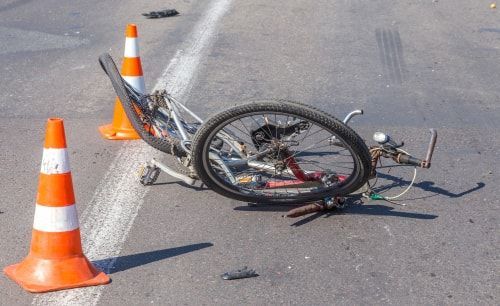
Why it matters: Property damage such as broken bicycle parts, torn clothing and a damaged helmet are physical proof of the crash.
What to Gather:
Bike Damage:
- Take detailed photos of all damage to the bicycle including scratches, bent wheels, and broken components
- Do not repair, clean, or discard any bike parts until you have consulted with a bike crash lawyer.
Helmet Impact:
- Cracks, dents, scratches—proof of head impact.
- Do not dispose of the helmet, even if unusable.
Clothing and Gear:
- Store torn, bloodstained, or scuffed gear in plastic bags—do not wash or discard it.
- Document damaged bicycle accessories such as lights and computers.
Eyewear and Accessories:
- Photograph cracked lenses, bent frames, scuffed shoes
- Keep all items in post-crash condition for analysis
How to Preserve the Evidence
- Store items in sealed bags or boxes
- Keep all damaged property in its original, post-crash state until your experienced attorney or insurance adjuster evaluates it
Preserving evidence in post crash condition is critical for supporting your claim. It ensures insurers don't argue that the crash was minor, and gives accident reconstruction experts a clear view of what happened.
Why Preserving Evidence After an Accident Is Crucial
The hours and days after a bicycle crash are critical—not just for your recovery, but for protecting your legal rights. Once evidence is lost, damaged, or altered, it becomes much harder for your attorney to prove what really happened or hold the driver accountable.
1. Insurance Companies Use Missing Evidence Against You
If you don’t have photos of the scene, your injuries, or your damaged gear, insurance adjusters may argue:
- The crash wasn’t serious
- Your injuries weren’t caused by the accident
- You were at fault or partially to blame
By preserving all physical evidence in its original post-crash state, you prevent insurers from downplaying your claim.
2. Strong Evidence Builds a Stronger Legal Case
Your bicycle accident attorney will rely on:
- Photos of the accident scene
- Medical records and injury documentation
- Damaged property like your bike, helmet, and clothing
- Witness statements and video footage
This evidence helps your lawyer prove fault, establish the severity of your injuries, and fight back against false claims made by the driver or their insurer.
3. Preserved Evidence = Better Compensation
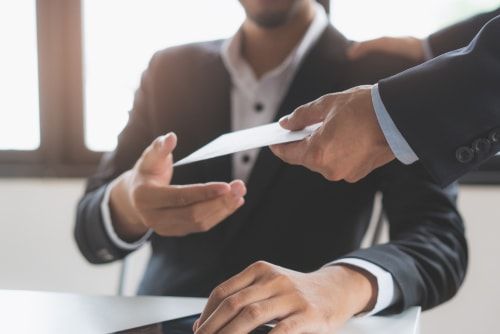
When every piece of evidence is documented and intact, your attorney is in the best position to pursue full compensation for:
- Medical expenses
- Lost wages
- Property damage
- Pain and suffering
The more complete your documentation, the harder it is for the other side to dispute the value of your claim.
Bottom line: Preserving evidence isn’t just a good idea—it’s essential to securing the compensation you deserve. Before you fix, clean, or throw anything away, consult a bicycle accident lawyer who can guide you through the process and ensure nothing important gets lost.
Social Media as Evidence: Be Cautious About What You Post

At Bike Legal, we always advise clients to be extremely cautious about what they post on social media after a bicycle accident. Insurance companies routinely monitor social media to find anything that could weaken your claim.
Even a simple selfie, training update, or tagged photo from a weekend walk can be twisted into “evidence” that your injuries aren’t as serious as you claimed.
To protect your case:
- Don’t post about the accident, your injuries, or your legal case—at all
- Set your profiles to private to limit who can see your activity
- Be mindful of Strava, Garmin, or other ride-tracking apps—insurers monitor those too
- Ask friends and family not to tag you or post about your activities
What you or others post can be used as visual evidence to dispute your pain and suffering. To protect your right to fair compensation, it’s best to stay avoid social media posts until your case is resolved.
Why You Should Hire a Bicycle Accident Attorney—Not Just Any Injury Lawyer
When you're injured in a bicycle crash, the attorney you choose can directly impact the outcome of your case. While many personal injury lawyers handle car accidents, bicycle accident claims require specialized knowledge that general lawyers often miss.
A bicycle accident attorney who understands cycling—and is often a cyclist themselves—can better preserve evidence, prove liability, and pursue maximum compensation. Here's why working with a lawyer who focuses specifically on bike crashes is so important. When you are considering seeking legal advice, here are 16 Important Questions to Ask Your Personal Injury Lawyer.
Bike Accident Attorneys Understand Bicycle Accident Dynamics
Bicycle crashes differ significantly from motor vehicle collisions. A lawyer who rides understands:
- How bike crashes happen, including right hooks, dooring, and unsafe passing
- What evidence matters—like helmet damage, GPS data, and crash detection logs
- How to evaluate physical damage to the bike and gear that general attorneys may overlook
They Accurately Value High-End Bikes and Cycling Gear
General personal injury attorneys may not recognize the true cost of:
- Custom road bikes and carbon frames
- Electronic shifting systems and power meters
- Cycling computers, helmets, shoes, and apparel
An experienced bike crash attorney will:
- Seek top rated bicycle shops to provide accurate repair and replacement costs
- Include the full cost of replacing your setup in the compensation demand
- Ensure your high-end gear is treated as valuable property—not just sporting equipment
They Recognize and Prove Injuries Common in Bicycle Accidents
Head trauma and concussions are common in bicycle crashes—even at low speeds. Many symptoms develop days or weeks later. A seasoned bicycle injury attorney knows how to:
- Identify signs of traumatic brain injury (TBI), memory loss, or post-concussion symptoms
- Connect you with the right neurologists or trauma specialists
- Document psychological injuries like PTSD or anxiety after the crash
This documentation is essential for recovering compensation for invisible injuries.
They Know How to Fight Back Against Insurance Companies
Insurance adjusters often try to blame cyclists for their own injuries. A bike crash attorney understands:
- Local and state bicycle laws, including 3-foot passing, lane positioning, and visibility
- How to interpret scene photos, road conditions, and driver behavior
- How to challenge incomplete or incorrect police reports
They use this knowledge to prove driver negligence and protect you from false claims.
To learn more about how Insurance companies handle bicycle accidents, read our article: What Not to Say to an Insurance Company
They Build a Strong Legal Strategy From Day One
Proving liability in a bicycle crash takes more than just witness statements. A focused bicycle accident lawyer will:
- Secure and preserve crash evidence before it disappears
- Work with medical providers and crash reconstruction experts
- Document every aspect of your losses—physical, emotional, and financial
They’ll build a case that’s prepared for negotiation—or trial.
They Pursue Full and Fair Compensation for Bicycle Accident Victims
The aftermath of a bike accident can lead to overwhelming costs. Your attorney will seek compensation for:
- Medical expenses – ER visits, rehab, physical therapy, and future care
- Lost wages – time off work and reduced earning capacity
- Bicycle and gear damage – full replacement or repair value
- Pain and suffering – for physical pain, mental anguish, PTSD, or lifestyle changes
- Punitive damages – in cases involving reckless or malicious driver behavior
An attorney who understands cycling fights for compensating every dollar you're entitled to.
They Manage Insurance Negotiations and Legal Deadlines
A bicycle accident claim involves legal paperwork, tight deadlines, and pushback from insurers. Your bike injury attorney will:
- Handle all communication with the insurance company
- Prevent missed deadlines or filing errors
- Manage claim disputes, denials, and delay tactics
This lets you focus on recovery while your legal team protects your claim.
Ride Protected. Ride Safe with Bike Legal
Preserving evidence after a crash can feel overwhelming—especially when you’re hurt, confused, or unsure of what comes next. That’s where Bike Legal steps in. We’re more than just bicycle accident lawyers—we’re advocates who understand what’s at stake for cyclists after an accident.
If you have been injured in a bicycle accident or just have questions, we can help.
📞 Call 877-BIKE LEGAL (877-245-3534) for a FREE Consultation.
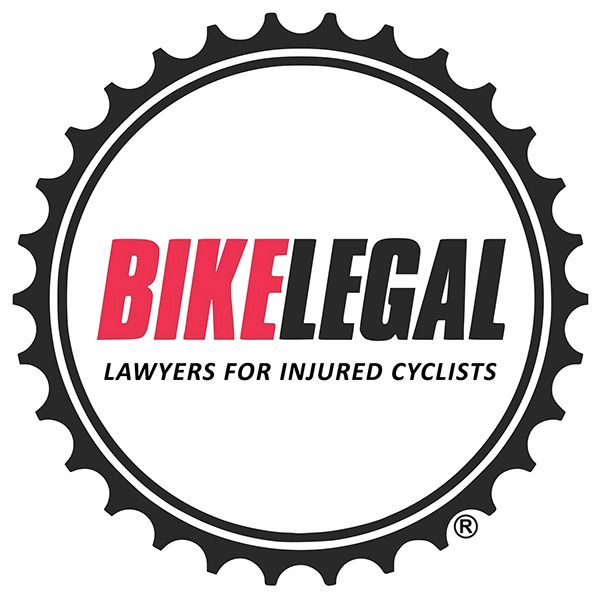
FAQ – Frequently Asked Questions
Q1: What kind of evidence do I need for a bicycle accident claim?
To build a strong bicycle accident injury claim, you'll need a combination of visual, physical, and official documentation. Key evidence includes:
- Photos and videos of the accident scene
- Police reports and crash diagrams
- Witness contact information and statements
- Medical records, treatment notes, and receipts
- Proof of lost wages or reduced income
Important: Do not repair or throw away your damaged bike, helmet, or clothing. Keeping everything in its post-crash condition helps your bicycle accident attorney prove the severity of the crash and fight for full compensation.
Q2: How do I prove the driver was at fault in a bicycle crash?
To prove driver negligence in a bicycle accident, start by collecting visual evidence:
- Footage from bike cameras, dash cams, or nearby surveillance systems
- Scene photos showing vehicle position, skid marks, road signs, or traffic signals
- Neutral third-party witness statements
- A detailed police report, if available
A skilled bike accident lawyer can help analyze this evidence, reconstruct the crash, and hold the driver accountable.
Q3: Should I repair my bike after a crash?
Not yet. If you repair or replace your bike too soon, you may lose critical property damage evidence. The damage to your bike frame, wheels, or helmet may help prove impact force and crash severity. Always consult a bicycle injury attorney first—they can advise when it's safe to begin repairs and help include full bike replacement or repair costs in your claim.
Q4: Why is it important to document crash evidence immediately?
Time-sensitive evidence can disappear quickly after a bicycle accident. Witnesses forget details, roads get cleaned, and physical injuries may begin to heal. Early documentation ensures:
- Your version of events is backed by real-time evidence
- Insurance companies can't argue your injuries were minor or unrelated
- Your attorney has what they need to build a solid case
Take photos, gather contact info, and save all damaged gear as soon as possible.
Q5: How much compensation can I get after a bicycle accident?
Bicycle accident compensation depends on the specifics of your case, including:
- Medical expenses (past and future)
- Lost income or reduced earning capacity
- Damage to your bike and gear
- Pain, suffering, and emotional distress
- Potential punitive damages in cases of extreme negligence
Every claim is different. The best way to estimate your case value is to speak with a bicycle accident lawyer who understands cycling injuries, equipment value, and insurance negotiation strategies.
